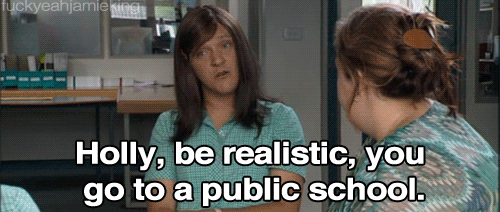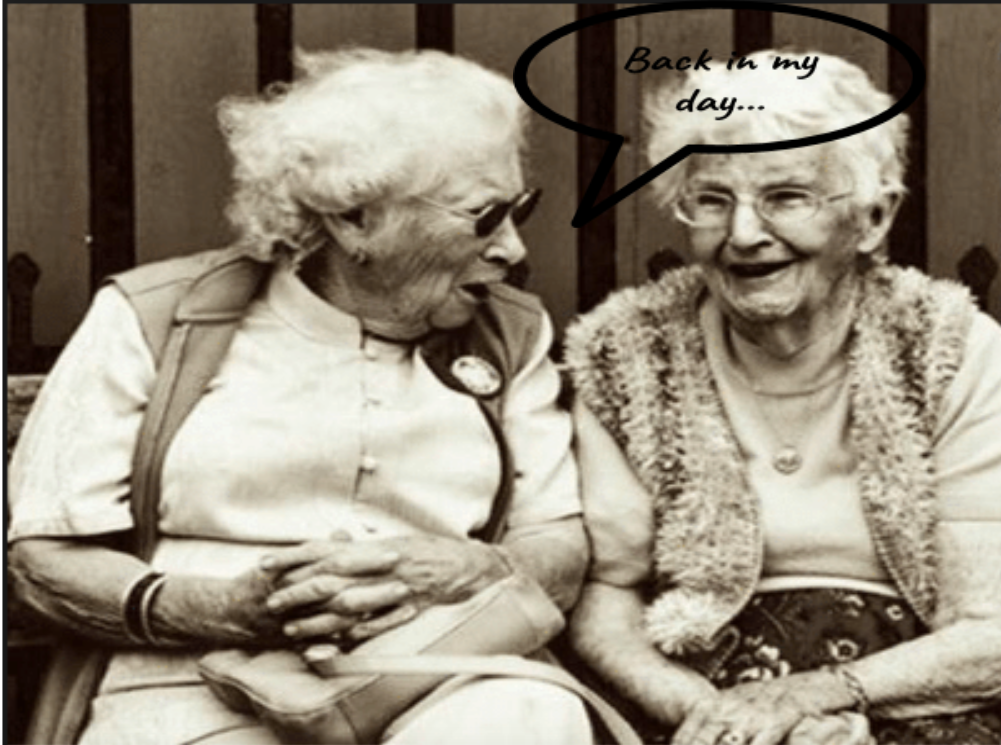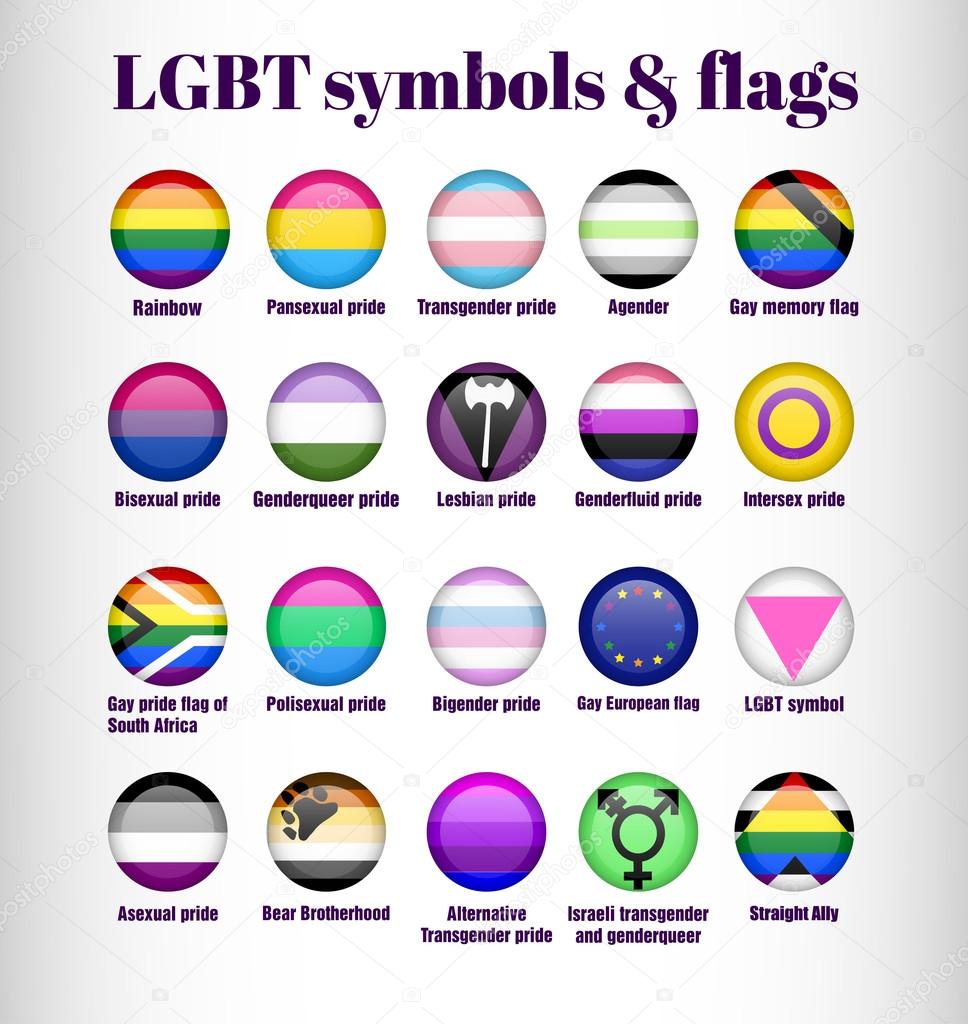
“I want to send my child to a good school.” This is a phrase often used by parents when looking at education for their children. Some of my family and friends are at that stage where their children are ready to start school. As I am studying to be a teacher, they ask for my opinion. What I ask them is, what makes a good school? What do you want your child exposed to in order to receive a good education? “Good question” was their reply, then a massive variety of things followed. Online research, personal experiences, family traditions, conversations with other parents and decile ranking were just some of the topics discussed.
The conversations with parents and teachers, we considered questions such as;
- What do you think the decile system is in place for, and what does it measure?
- Are you worried about the other students that go to that school?
- What was school like for you and how long ago were you in school?
- Should you believe everything you hear?
It was interesting to see the difference in the way each person answered. We looked at schools being good or bad. I shared my experiences working in public schools both high and low decile, as well as a private school. I spoke about my experience going back into the school I attended all my life and the expectations I had, that were not met and how much it had changed since I was there. Finally, the decile system and the fact that because of social construction, public and low decile schools are perceived to be lesser in reputation. People often perceive that a low decile school is not very good and that a high decile school is better. Because of this perception, people share their thoughts and this spreads through word of mouth.
I provide the correct information that the deciles are as on the education govt page, “a measure of the socio-economic position of a school’s student community, relative to other schools throughout the country.” I also let them know that it is used for funding purposes and to help overcome the barriers low socio economic families might face. The lower the decile the more funding the school receives.
We need to be careful when labelling schools, as these positive and negative words travel not only to parents and teachers, but to students. This can be detrimental, as students are already going through a crucial time in their development, where people’s impressions and words hurt. By labelling the school, this may re-affirm feelings going on personally. Intermediate is already a nerve racking time. When they are sent to a college, students, voice what they have heard through home or otherwise. They can make students feel second best as thoughts about the different schools are discussed or shared.
Anything being judged as bad or good, is mainly to do with perception. Most parents stated that they “based their judgments about the school quality primarily on information from individuals in their social networks… They passed around the opinions of other parents about the quality of particular schools, that is, whether the school was considered generally good or bad, by a number of high-status parents.” (Holme,2002.) Many of the judgements that arise about schools are from conversations between parents or reviews. Reputation plays a huge role in labelling a good or bad school. What is right for one student, may not be right for another. Throughout time schools change curriculum wise and generation wise.
“We are complicit in their social power. And we also have the power to disrupt and change them.” – Jennifer Jellison Holme. (2002)
References.
Holme. J., (2002). Buying Homes, Buying Schools: School Choice and the Social Construction of School Quality. Harvard Educational Review Vol. 72 No. 2 Summer 2002.
The social construction of school quality, (n.d.). Buying Homes, Buying Schools: School Choice and the Social Construction of School Quality. Retrieved from, https://integratedschools.org/2017/04/20/the-social-construction-of-school-quality/
5-19 years, (2018) School Deciles. Retrieved from, https://www.education.govt.nz/school/running-a-school/resourcing/operational-funding/school-decile-ratings/


 “We’re all born naked and the rest is drag.” – RuPaul.
“We’re all born naked and the rest is drag.” – RuPaul.